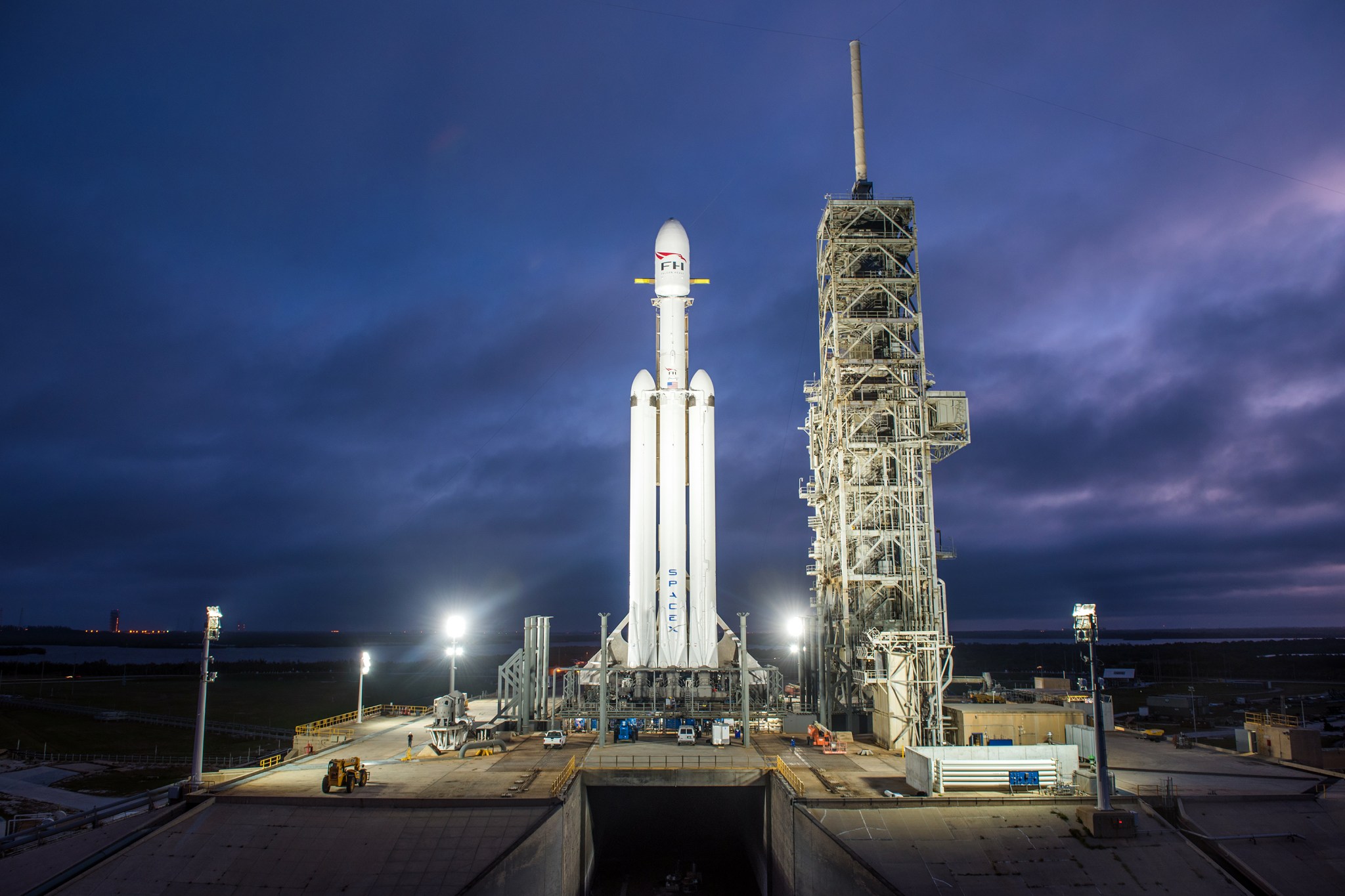Editor’s Note: Liftoff of the next SpaceX Falcon Heavy with NASA technology missions is now targeted for 11:30 p.m. EDT on Monday, June 24.
NASA is sending four technology missions that will help improve future spacecraft design and performance into space on the next SpaceX Falcon Heavy rocket launch. Experts will discuss these technologies, and how they complement NASA’s Moon to Mars exploration plans, during a media teleconference Monday, June 10 at 1 p.m. EDT.
Audio of the teleconference will be streamed live online at:
Participants in the briefing will be:
- Jim Reuter, acting associate administrator of NASA’s Space Technology Mission Directorate, will discuss how technology drives exploration to the Moon and beyond.
- Todd Ely, principal investigator for the Deep Space Atomic Clock at NASA’s Jet Propulsion Laboratory, will discuss how to advance exploration in deep space with a miniaturized, ultra-precise, mercury-ion atomic clock that is orders of magnitude more stable than today’s best navigation clocks.
- Don Cornwell, director of the Advanced Communications and Navigation Division of NASA’s Space Communications and Navigation program, will discuss how a more stable, space-based atomic clock could benefit future missions to the Moon and Mars.
- Christopher McLean, principal investigator for NASA’s Green Propellant Infusion Mission (GPIM) at Ball Aerospace, will discuss the demonstration of a green alternative to conventional chemical propulsion systems for next-generation launch vehicles and spacecraft.
- Joe Cassady, executive director for space at Aerojet Rocketdyne, will discuss the five thrusters and propulsion system aboard GPIM.
- Nicola Fox, director of the Heliophysics Division of NASA’s Science Mission Directorate, will discuss Space Environment Testbeds and the importance of protecting satellites from space radiation.
- Richard Doe, payload program manager for the Enhanced Tandem Beacon Experiment at SRI International, will discuss how a pair of NASA CubeSats will work with six satellites of the National Oceanographic and Atmospheric Administration’s (NOAA’s) COSMIC-2 mission to study disruptions of signals that pass through Earth’s upper atmosphere.
To participate in the teleconference, media must contact Clare Skelly at 202-358-4273 or clare.a.skelly@nasa.gov by 10 a.m. June 10. Media questions may be submitted on Twitter during the teleconference using the hashtag #askNASA.
NASA’s four missions will share a ride on the Falcon Heavy with about 20 satellites from government and research institutions that make up the Department of Defense’s Space Test Program-2 (STP-2) mission. SpaceX and the U.S. Air Force Space and Missile Systems Center, which manages STP-2, are targeting 11:30 p.m. Saturday, June 22, for launch from historic Launch Complex 39A at NASA’s Kennedy Space Center in Florida.
Charged with returning astronauts to the Moon within five years, NASA’s Artemis lunar exploration plans are based on a two-phase approach: the first is focused on speed – landing astronauts on the Moon by 2024 – while the second will establish a sustained human presence on and around the Moon by 2028. We will use what we learn on the Moon to prepare to send astronauts to Mars. The technology missions on this launch will advance a variety of future exploration missions.
For more information about NASA’s Moon to Mars exploration plans, visit:
For more information about the NASA technologies aboard this launch, visit:
-end-
Clare Skelly
Headquarters, Washington
202-358-4273
clare.a.skelly@nasa.gov
Karen Fox
Goddard Space Flight Center, Greenbelt, Md.
301-286-6284
karen.c.fox@nasa.gov



























